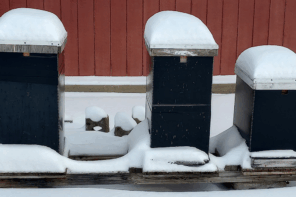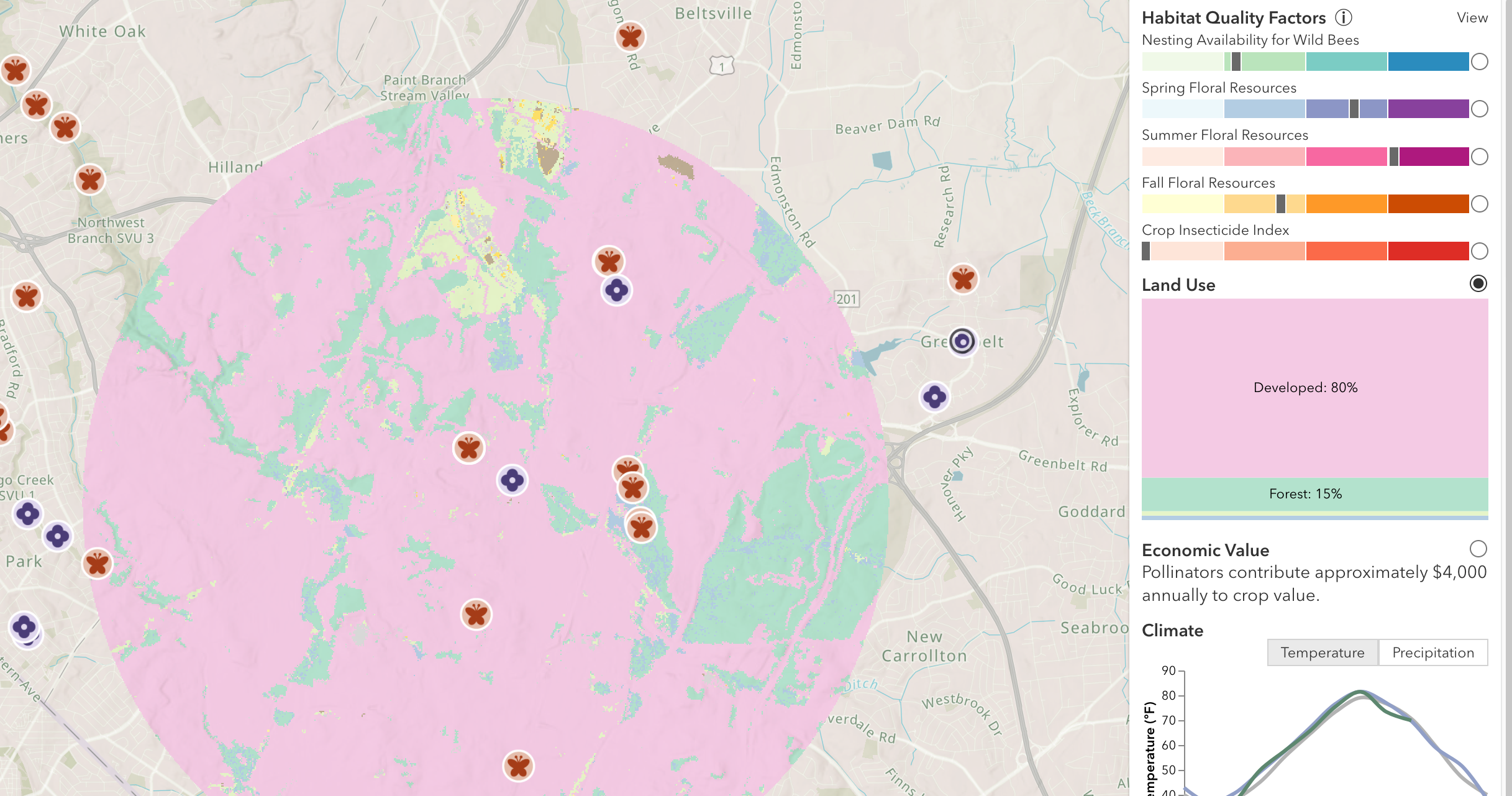A Run of Bad Luck
By: Ed Colby
It’s mid-April as I write, and in my semi-retired beekeeper life, seemingly nothing is going according to plan. The news is mostly bad.
For starters, the big one got away. Paul and I were happily catching foot-long trout, using tiny floating flies called dry flies, when an exceptionally large rainbow showed up. Gentle reader, how long is your arm? Because that’s how long this trout was. I could see it clearly in the shallow water. Remarkably, it was feeding on tiny midges on the surface. Normally small fish feed on small insects, while the big boys lie in deeper water waiting for more substantial morsels to drift by. Like smaller fish or an unlucky mouse.
There was no way, I thought. Look, I’m a hack fisherman. This was a trout Paul might catch, not me. But when I drifted my imitation midge over my target, it opened its enormous mouth and took it. I promptly jerked the hook right out of its mouth. This is what beginners do – set the hook too soon.
Okay, calm down and slow down, Ed, I told myself. You were too hasty, that’s all. Try again. I did, and the fish did. I jerked the fly out of its mouth a second time. There was no third opportunity. Rainbow trout of a lifetime, and I blew it – twice.
My California queen breeder is behind schedule due to weather, so that first shipment I anticipated about now will not arrive until Mother Nature eases up a bit.
Northern California’s Oroville Dam is a giant earthen impoundment on the Feather River. It has some structural problems. This year drought-stricken California experienced record rainfall, along with historic snow in the mountains. That snow should be melting right about now and filling Lake Oroville. My queen breeder lives on Oroville Dam Boulevard.
The apricot bloom was two weeks late in Palisade on account of relentless cold and snow. I have a couple of pollination customers down there, and when I tried to deliver bees, my ’83 flatbed Ford overheated. I got off I-70 and limped home on back roads that I know about. It took awhile. I ultimately had to haul bees to Palisade in the pickup, which is not so handy. The flatbed has a lift. With the pickup, I have to load and unload with a hand truck and a ramp.
When I dropped off bees in Palisade, one of my growers pointed to some trees at the edge of his property. “There’re a couple of bears that hang out over in those pinions. They don’t come into the orchard. Is this going to be a problem?”
Oh yes, this would be a problem. And he’s telling me now? I remarked that bears have keen noses and are famously hungry when they come out of hibernation. So I had to make a second 120-mile roundtrip and erect a solar electric fence around my little darlings.
Then last Sunday, on Easter morning, we had to put down our Stumpy-Tail Australian cattle dog Pepper. His lymphoma finally caught up with him. We knew this was coming, but that didn’t make it any easier. The dear boy kept rallying, right to the end. He might not get out of bed to eat his breakfast, but later he’d jump up and go chase a squirrel or bark at the neighbor dogs. His last night on Earth he penned the geese, one of his assigned tasks. By morning, he was gasping for breath.
There are dogs and then there are dogs. That gal Marilyn paid Pepper tribute in a text to her very large Irish-American family: “He was scary smart, certain of his duties, born to dominate, an indispensable hand on the farm, singularly devoted and loyal. He loved few and few loved him. No grief, no joy. No joy, no grief.”
Pepper could sometimes understand complete sentences. He loped with the curious three-legged skip characteristic of his breed. Descended from crosses between Australian wild dingoes and European herding dogs, Stumpy-Tails are like no other dog on Earth. Pepper would herd anything that moved, except honey bees. He despised them, and they returned the favor. Out for a ride, he’d try to bite passing cars.
He adored Marilyn, and whenever I’d put my arm around her, he’d give me a little heel nip. He could be a very effective chaperone. Extraordinarily spooky, he’d sometimes vanish when we were out walking. I’d call and call, only to find him standing right behind me. But never again. Now he’s four feet under in the front yard.
Of my colonies that took a hit from Varroa mites in the Fall, a few made it through the Winter. But they’re not right. Some that looked prosperous six weeks ago dwindled to two or three frames, so I united them. I didn’t experience this March collapse the last few years, when I had my mites better under control in the Fall.
One more piece of unfortunate news: Tina called and asked if I’d be willing to don a bee beard at the Colorado State Beekeepers meeting in June. Dangling 10,000 bees off your chin is something crazy people do, isn’t it? Unforgettably, I once had a bee go up my nose. Didn’t I learn my lesson? But it was Tina, so I said yes.
I often dream at night about what absorbs me during the day. Sometimes it’s honey bees. Lately it’s been the big one that got away. But last night it was Pepper.
Gentle reader, did you find this piece amusing, heartwarming, perhaps even instructive? If you clamor for more of Ed Colby’s writing, contact him at Coloradobees1@gmail.com. Ask him to promptly mail you a copy of A Beekeeper’s Life, Tales from the Bottom Board, a collection of his Bee Culture columns. Price: $25. Satisfaction guaranteed or your money back!










